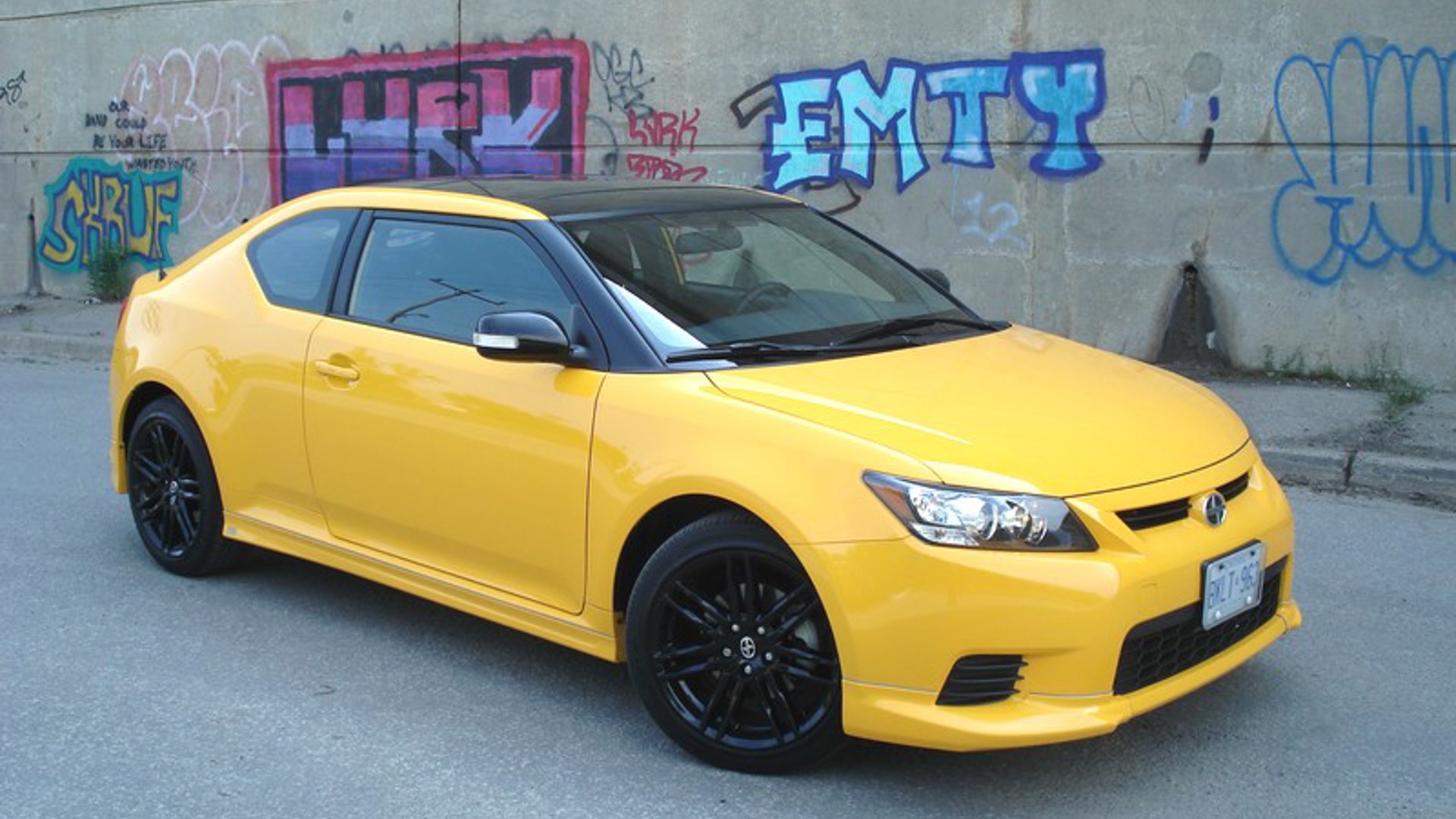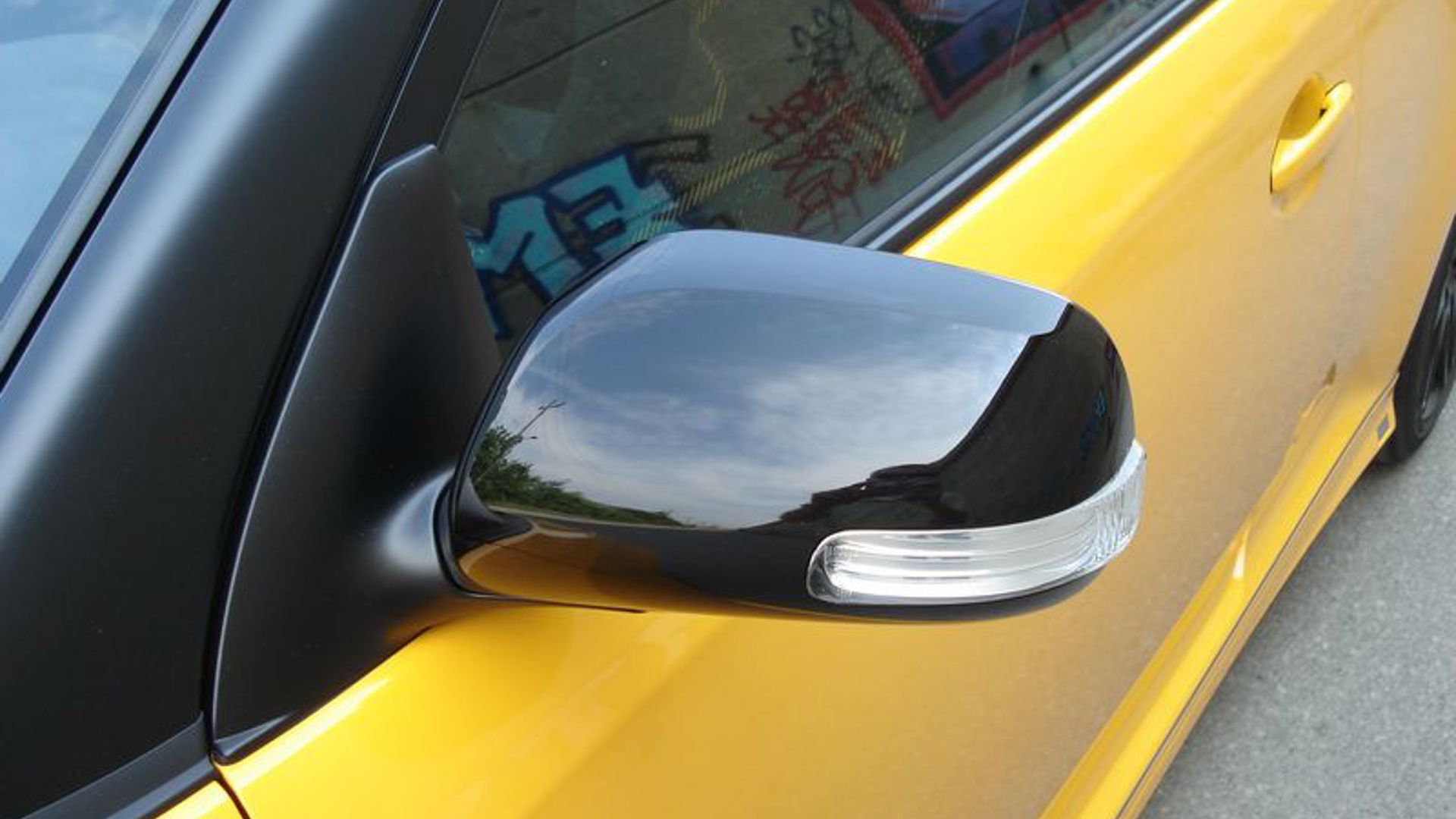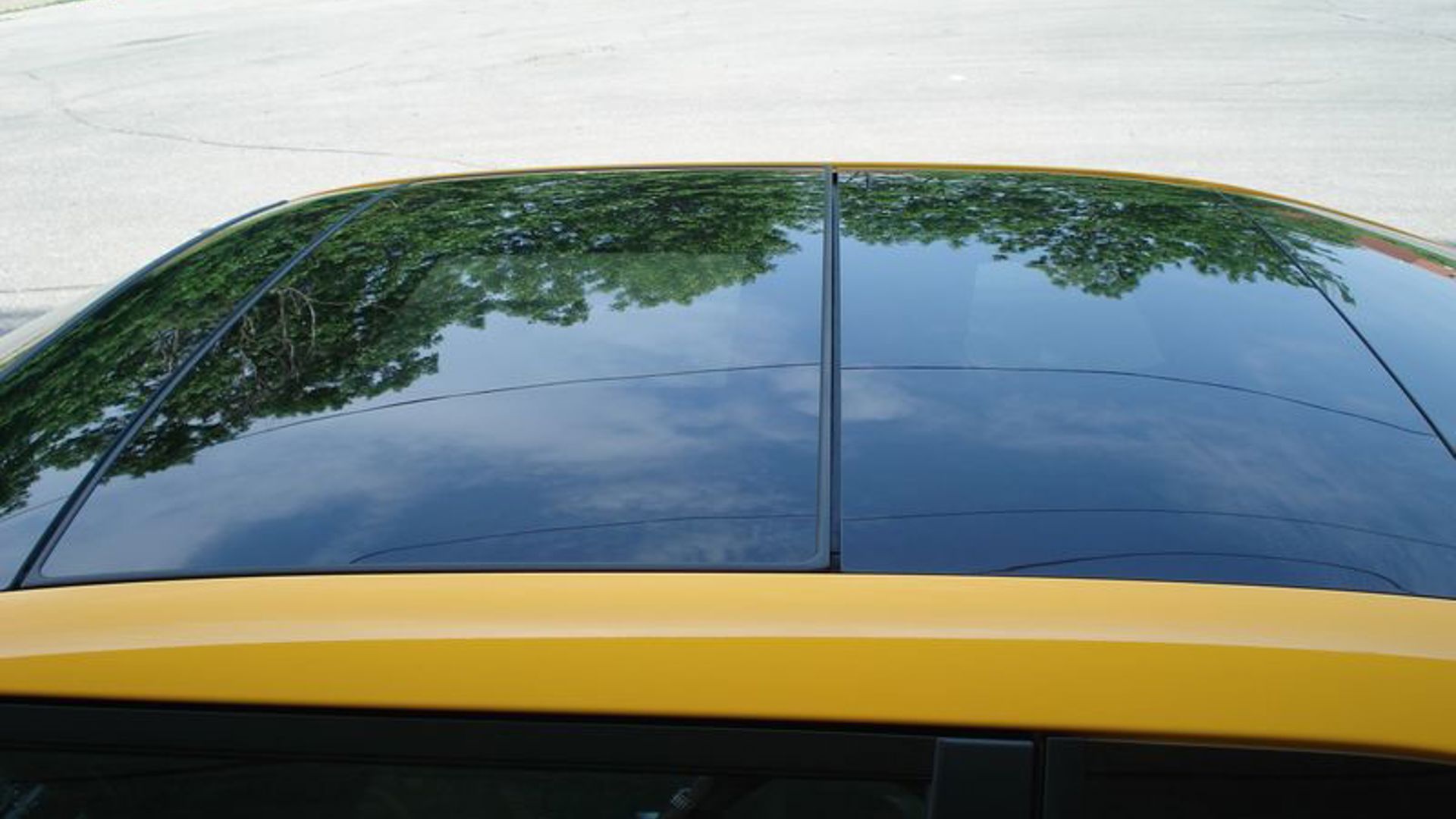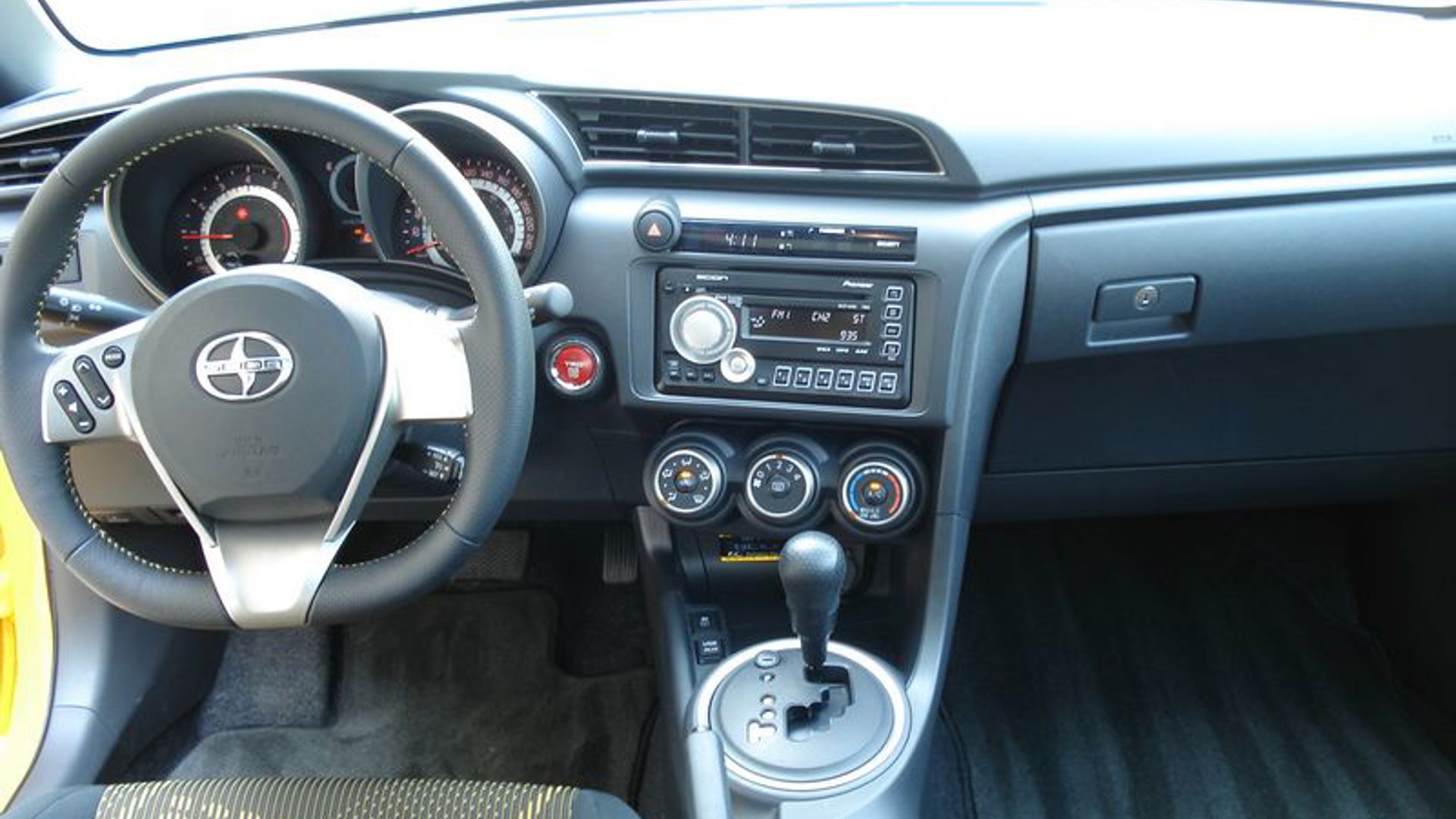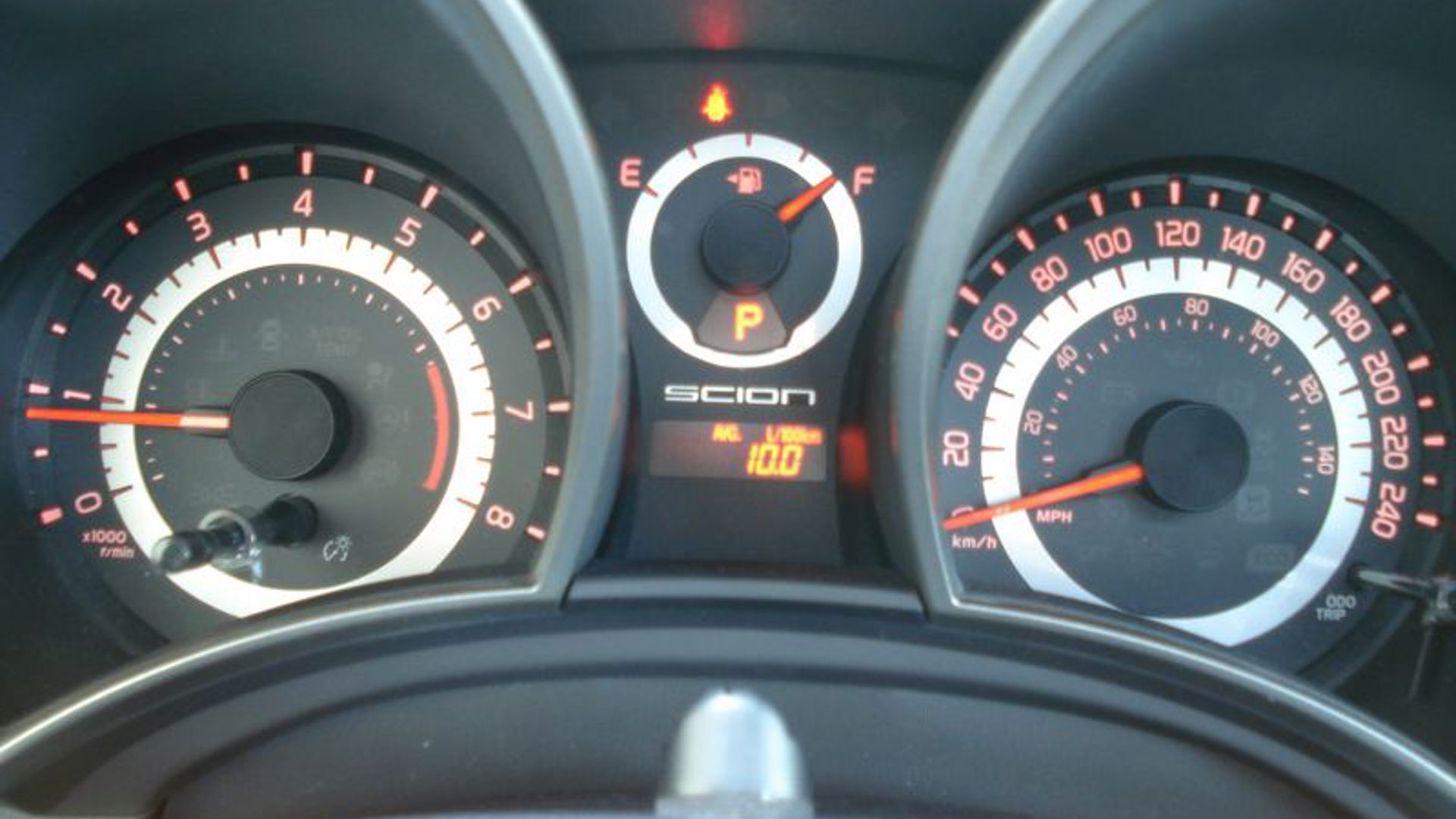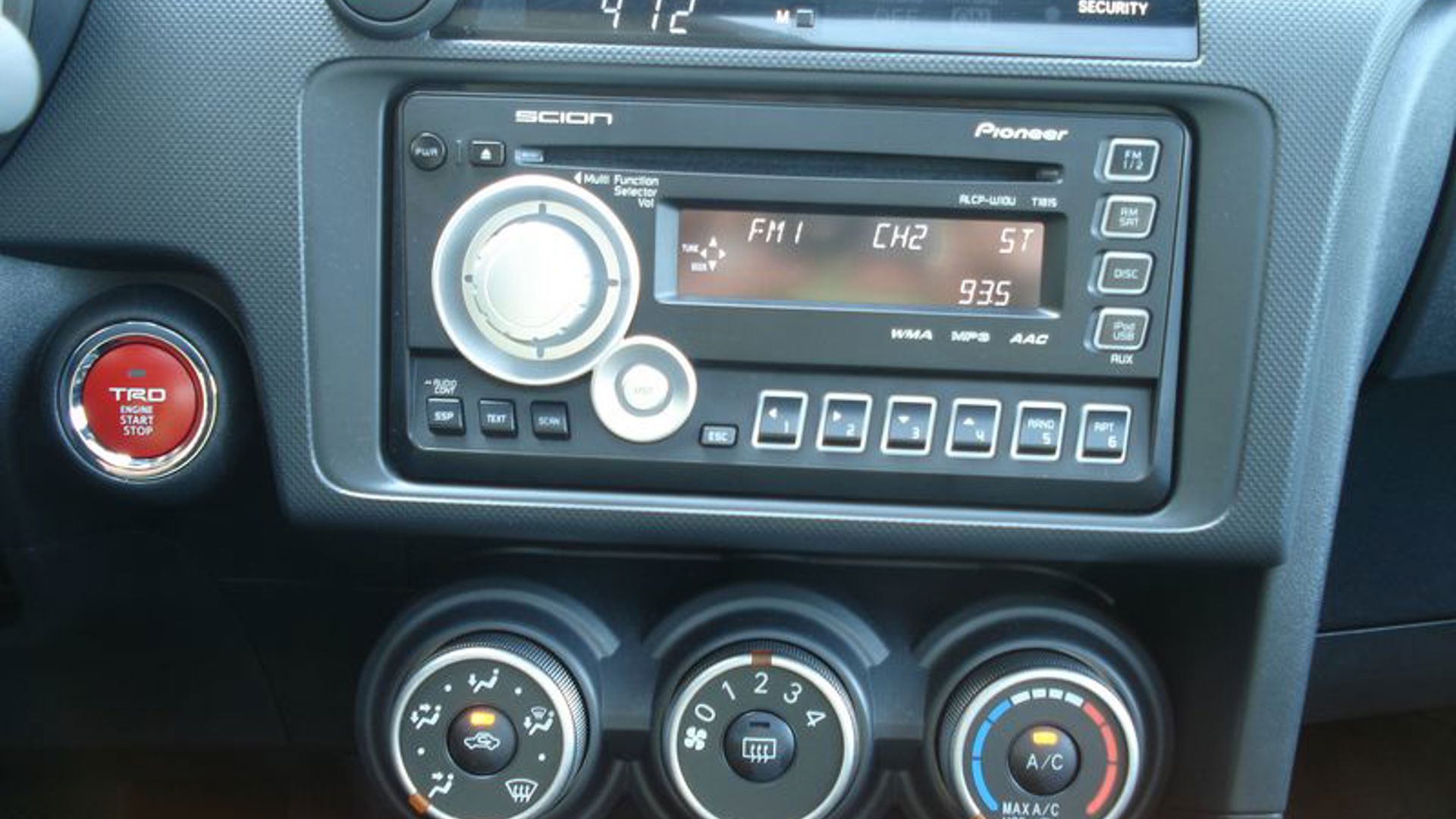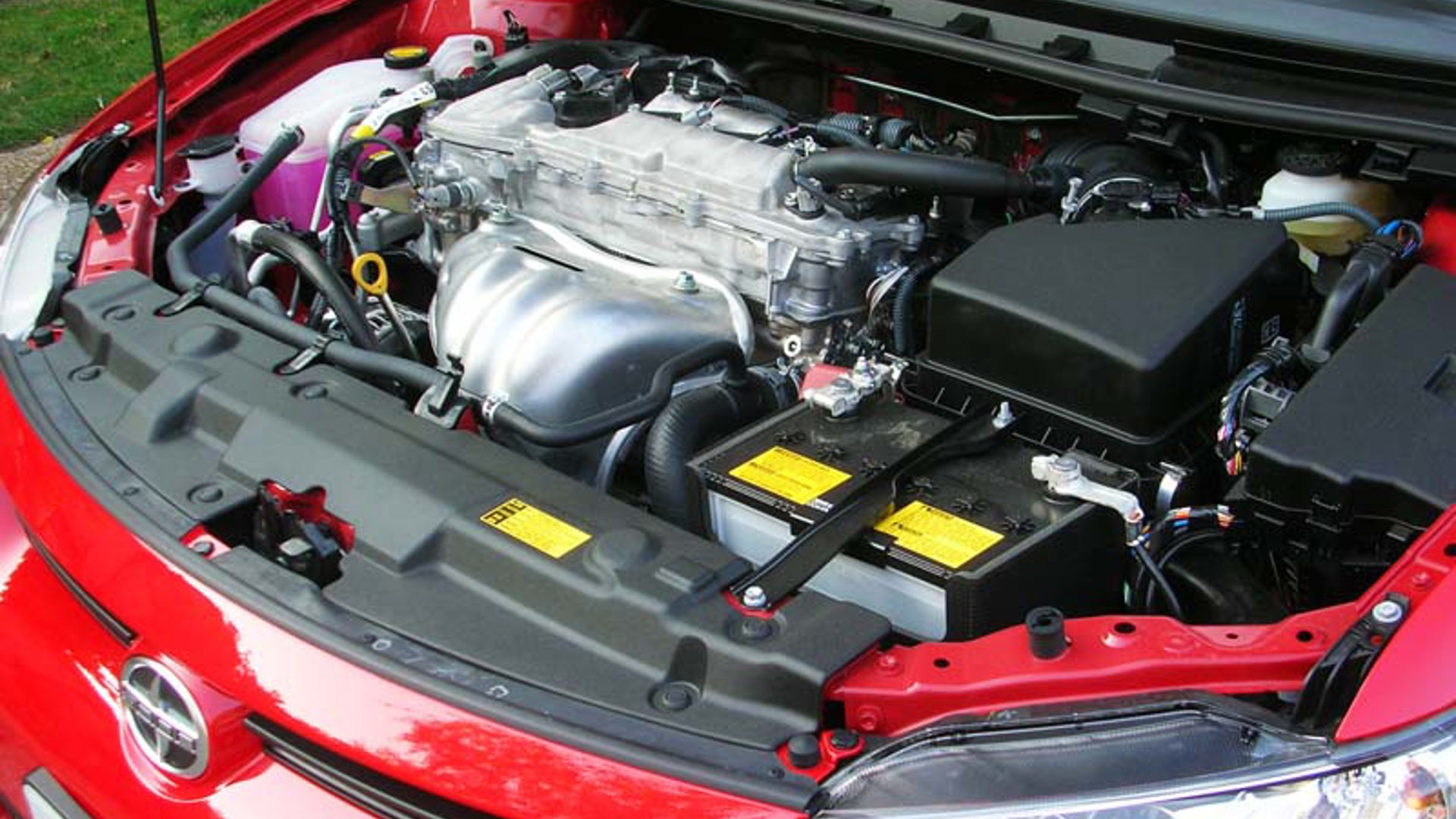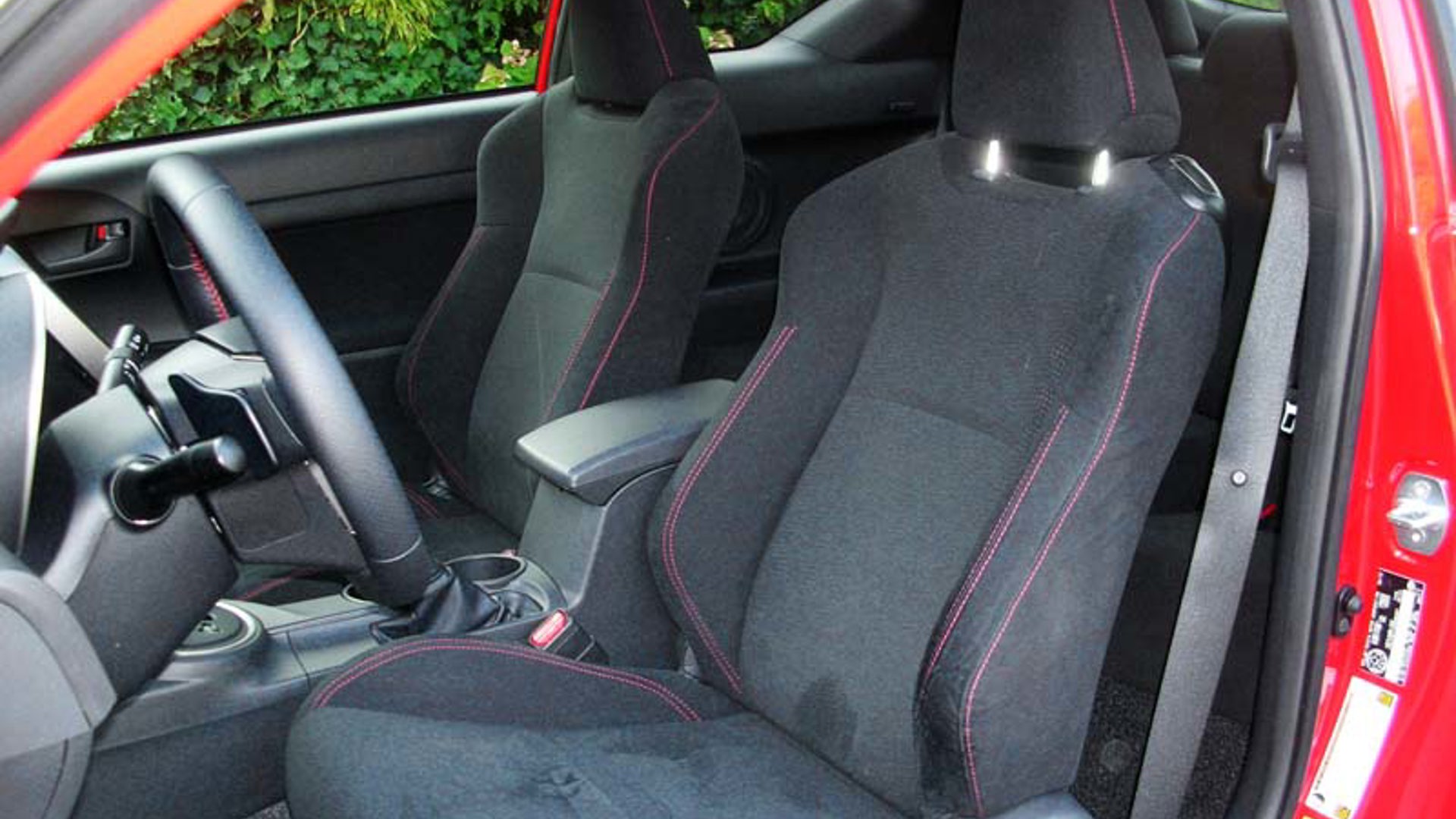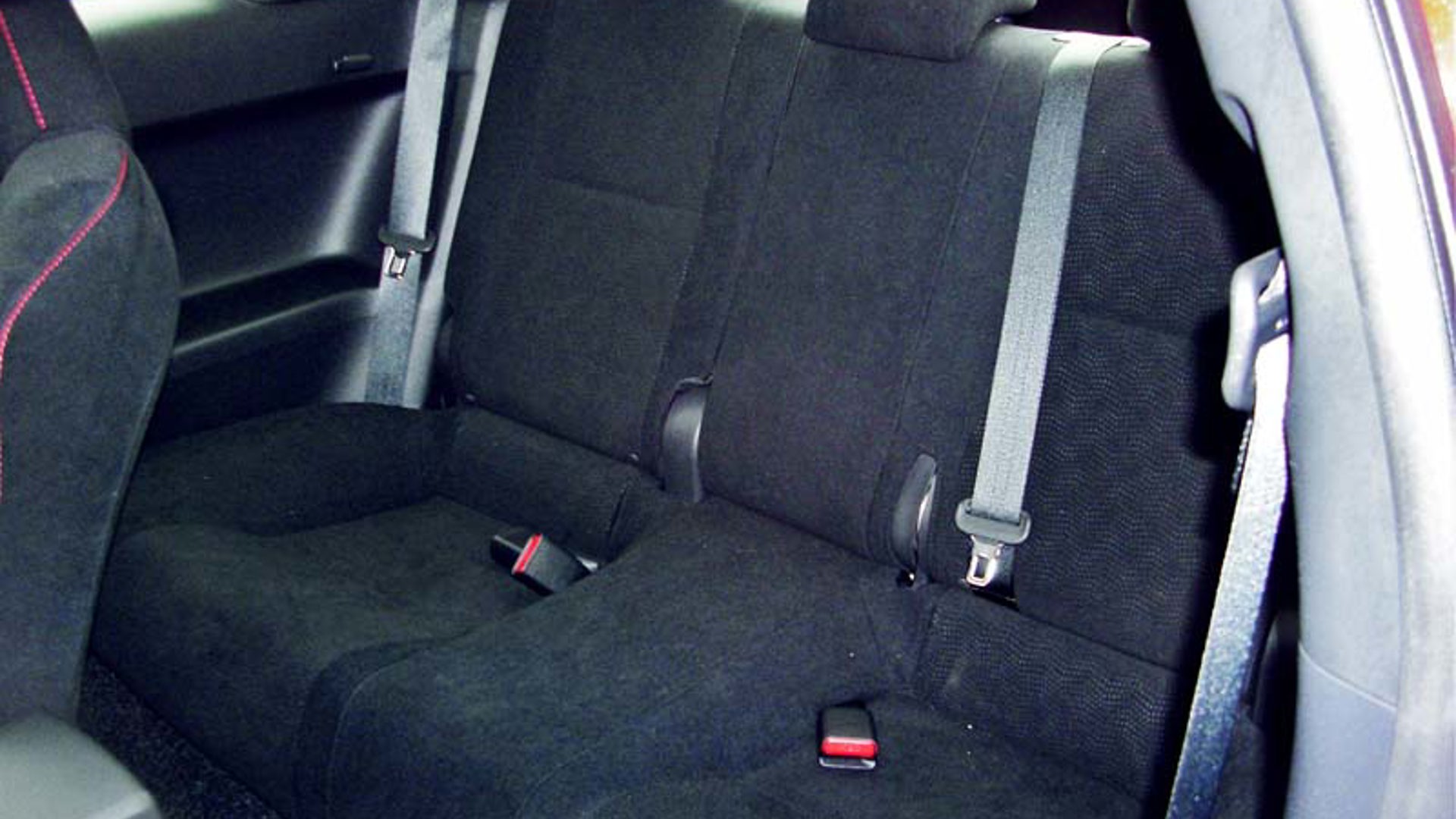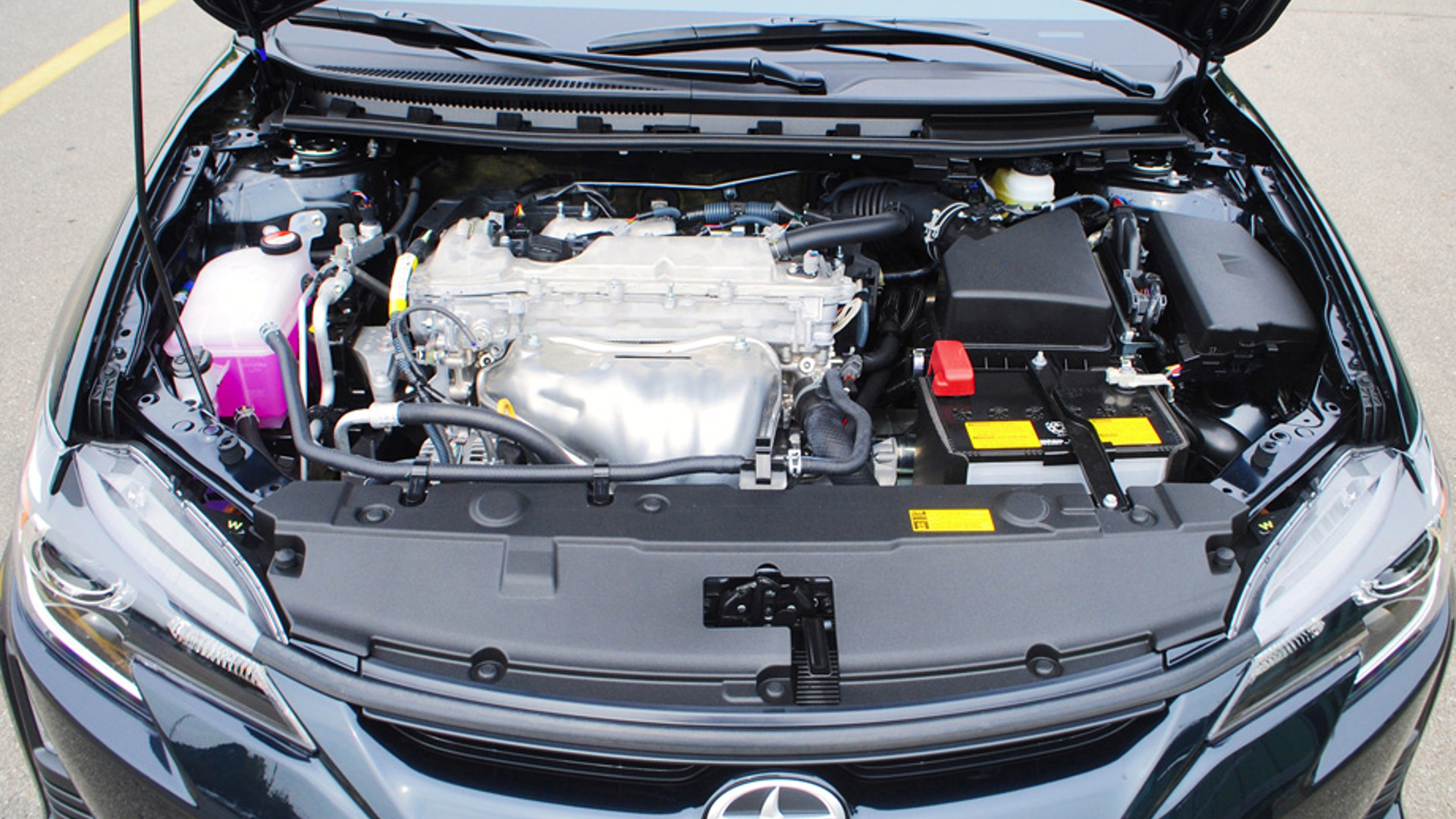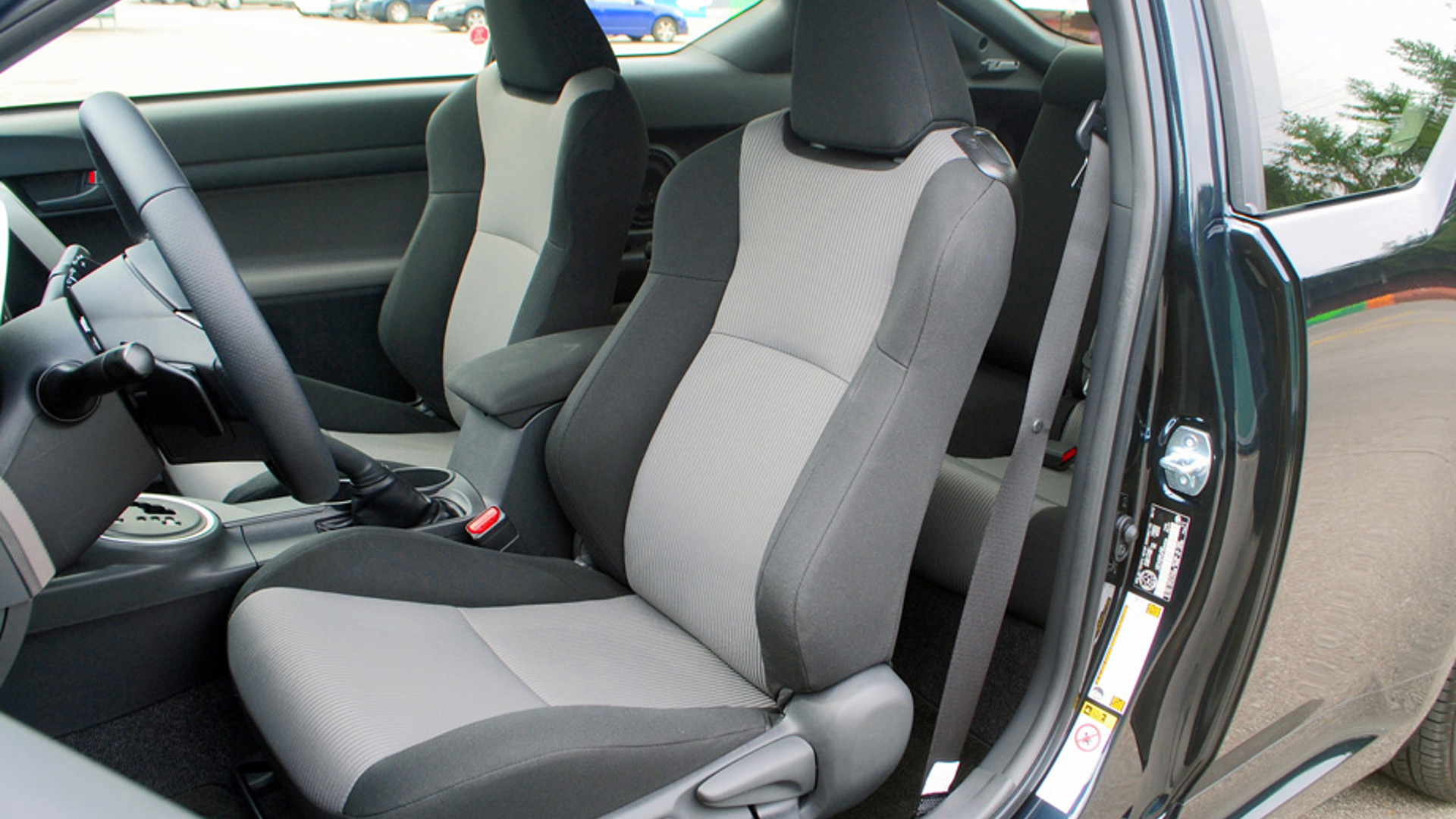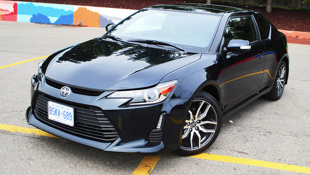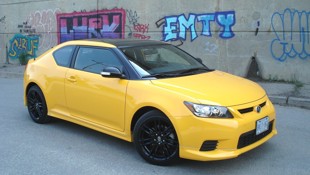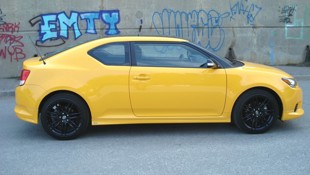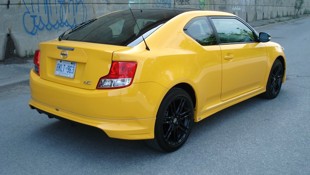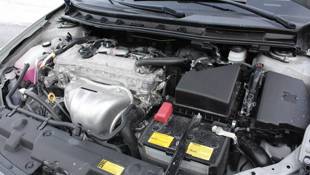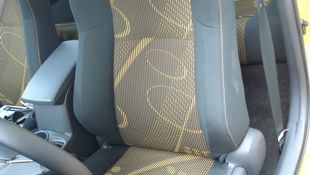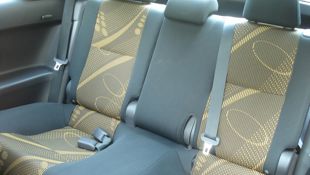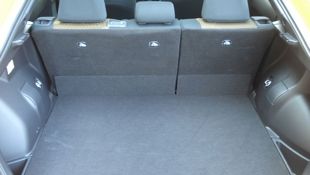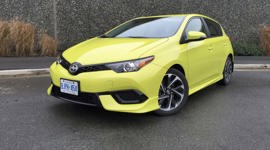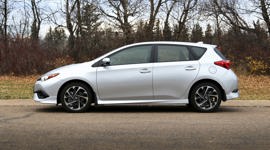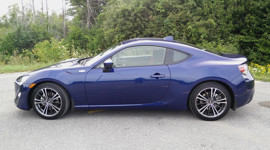Vehicle Type
Compact Coupe
Most owners comment positively on the tC’s excellent maneuverability, peppy performance, excellent fuel mileage, and agility.
History/Description
Launched for model year 2011, the second-generation Scion tC advanced the original model’s offering of affordable sports coupe goodness combined with plenty of customization and low running costs, but with new styling, new features, more power and better overall performance.
Here’s the sticky: all tC models from this era ride the third-generation Toyota Avensis platform, get two doors, four-cylinder power and front-wheel drive. The tC is a worthy alternative to models like the Honda Civic Coupe, Kia Forte Koup and Hyundai Elantra Coupe, and is noted for strong safety ratings and plenty of interior space. With plenty of factory and aftermarket upgrades available, there should be plenty of unique tC models available in the used marketplace.
Feature content may include various factory performance enhancements like strut tower bars and air intakes, body-kit provisions, lowering springs and wheels. Other available equipment included navigation, a premium Alpine stereo, remote start, an oversized sunroof, heated seats and more.
Engines/Trim
A six-speed transmission is included on all models, in either manual or automatic. All units are front-wheel drive, with output from Toyota’s 2.5L four-cylinder rated at 180 hp and nearly as much torque. Special edition models were available too, including the Five Axis model, with factory-installed body-kit.
What Owners Like
Most owners comment positively on the tC’s excellent maneuverability, peppy performance, excellent fuel mileage, and agility when moving through traffic. Comfort is rated well, as is overall interior volume and flexibility. Many owners report using their tC easily for camping, pet-hauling and more.
What Owners Dislike
Typical complaints centre around noisy transmissions, dated and cheap interior trim, the wish for a ‘taller’ sixth gear for lower and quieter cruising revs, and a sometimes-fussy navigation system, if equipped.
Here’s a look at some Scion tC owner reviews.
The Test Drive
Toyota reliability appears alive and well in this model, though shoppers after a used model are still advised to take several steps to ensure they’re getting as worry-free a unit as possible. Start by checking a few fussy little complaints that some owners have reported, confirming that the fuel door opens consistently via the internal release lever, and that the sunroof rails aren’t causing an annoying rattle that’ll eventually drive you bonkers. Here’s some more reading on rattly sunroof hardware. Note that a rattling sunroof may be suffering from loose tracks which can prevent it from closing properly, so be sure to run the sunroof through its paces a few times to be absolutely sure it’s hunky-dory.
Check for signs of moisture and mildew down low in the front of the tC’s cabin, which could be evidence of a blockage in the air conditioning drain line, designed to channel condensation out of the car. If blocked, water can accumulate within the system or drip into the cabin carpeting under the dash area, causing yucky smells. In extreme cases, the water can short out the fan motor. The fix is to remove a drain tube and probe through it with a pipe-cleaner or piece of weed-whacker wire to clear it.
Note that a squeaky clutch pedal is likely not actually the pedal at all, but a linkage under the tC’s hood. This annoying noise can usually be remedied with a little strategically placed blast of lithium grease or WD40.
Have a mechanic scan the tC’s engine control computer for signs of hidden trouble codes, which could be evidence of a sensor-related issue. These may not necessarily cause a check engine light to illuminate. Trouble with throttle position and mass air flow sensors aren’t unheard of, so this simple checkup may reveal a potentially pricey repair bill that’s waiting to surface. Note that bad sensors can also cause excessive fuel consumption and poor or sporadic performance.
As the tC is a low-cost sporty model, shoppers are advised to fully check the condition of the brakes, clutch and tires to ensure the car wasn’t used as an aspiring teenage racecar driver’s plaything, driven hard, and denied maintenance. Excessive wear to tires, pads, rotors or the clutch, evidenced by slipping or rough and noisy clutch engagement, should all be called into pricing negotiations. Ensure the seller was fond of on-time fluid changes relating to the engine oil, coolant, and transmission, noting that fresh brake and power steering fluid will typically extend the service life of all affected components, too.
A note on modifications. Scion tC will be difficult to track down in the used market without some form of modification, given the nature of the car and its shopper. If the model you’re considering has upgraded wheels, an air intake and an exhaust kit, there’s typically no cause for alarm provided the parts and installation work are both of high quality. Models with lowered suspension, wheel camber modifications, forced induction via turbocharging or supercharging, or fitted with full, aftermarket body kits should typically be avoided by the average shopper. Any of these modifications can affect the durability and longevity of vehicle finish and components, especially if they’re of low quality, or improperly installed.
The Verdict
Looks like a used and relatively unmodified tC should make a solid choice in a coupe that’s roomy and flexible, reliable, fun to drive, decent on fuel and unique on the road. Find as close to stock a used model you can find, and have a mechanic give a once over before your purchase for maximum peace of mind.
No recalls.

